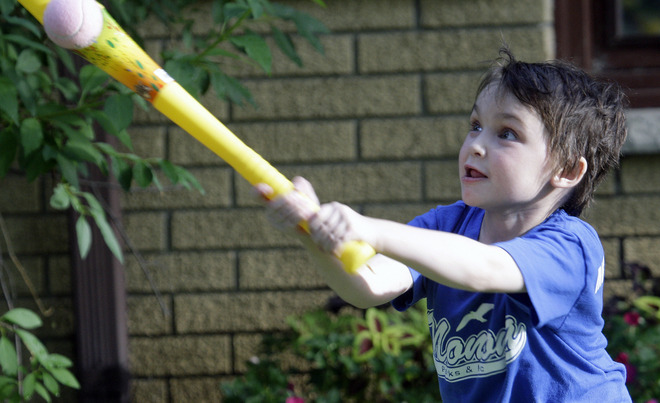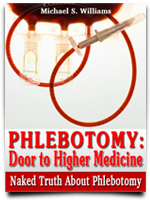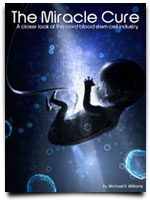I woke up this morning, turned my computer on and checked my mail alerts. I used to collect alerts about “cord blood transplant” and as of the moment, I read about a hundred cases that are hard to forget. I scanned my alerts and just like that, a story of a mom immediately caught my attention.
Her way of thinking on cord blood is different. To her, “it’s better to have it than not to have it.” One day, she was handed with a brochure for cord blood banking. She read it and all the information were new to her. It was her first time to know the umbilical cord of an infant is filled with rich stem cells. These are the type of stem cells that are the building blocks of healthy cells and it can cure fatal diseases like cancers, cerebral palsy, Type I Diabetes, etc.
When she got pregnant with her first child, she talked to her husband about her decision to bank cord blood. She’s thinking if they can invest their money for a car then why not keep something to save a life. It’s inevitable for her to feel hesitant and ask several what-if questions. Saving a cord blood can be stored successfully for more than seven years without any signs of degeneration. If in any case a couple won’t need it, they can still choose to donate it or save it for another sibling (25% compatibility match). For her, she’ll feel safer once she and her husband have a cord blood preserve in a bank.






Cord Blood Banking Facebook
Blood Donation Twitter